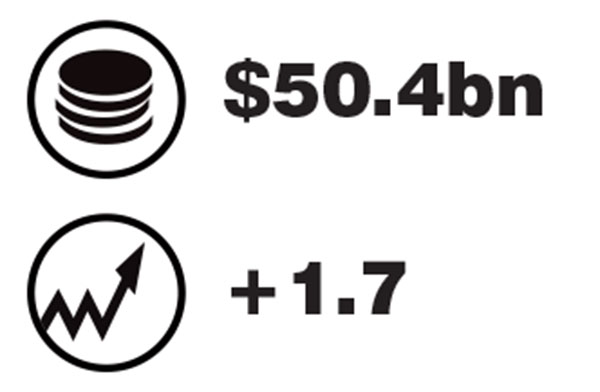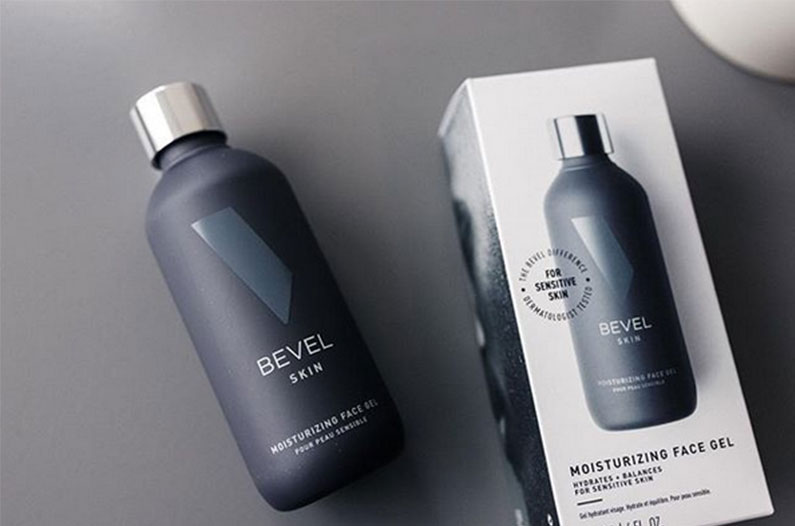Market overview: At a glance
What's in this report?
Introduction
Top 5 trends:
Global men's care value & growth, 2018

Source: Euromonitor International
Top 5 global men’s care markets

Source: Euromonitor International
Key market challenges addressed
Over many years, male grooming brands would seek to reassure men that they could use a moisturiser, a fragrance, or even a deodorant without threat to their masculinity. The use of stereotypical colour cues on packaging, and product campaigns depicting a chisel-jawed model who was ultimate at all things ‘male’, played a role in this objective. But a shift has taken place.
The past year has seen even more of the big legacy brands in men’s personal care refocus their messaging to identify with a more inclusive view that aims to empower the individual. And there are opportunities for brands to take the next step.
“Inclusivity should not only be reflected in marketing but should be part of brands’ authentic image, catering for concerns of all skin types and tones,” says Kseniia Galenytska, Consultant of beauty and fashion research at Euromonitor International. Bevel is an example of a brand that successfully targets the specific needs of men of colour. Once a digitally-native vertical brand, it is now available at more than 450 Target stores.

Via Instagram @bevel
Lucie Greene, Worldwide Director of JWT’s Innovation Group, adds: “Men’s wellness and personal care is catching up much quicker with product trends in the women’s space, so it’s worth not considering the two to be necessarily separate any more. As such, trends like vegan, clean, halal, natural and farm-to-face, if they are not already, will become quickly wrapped in to men’s personal care and wellness.”
